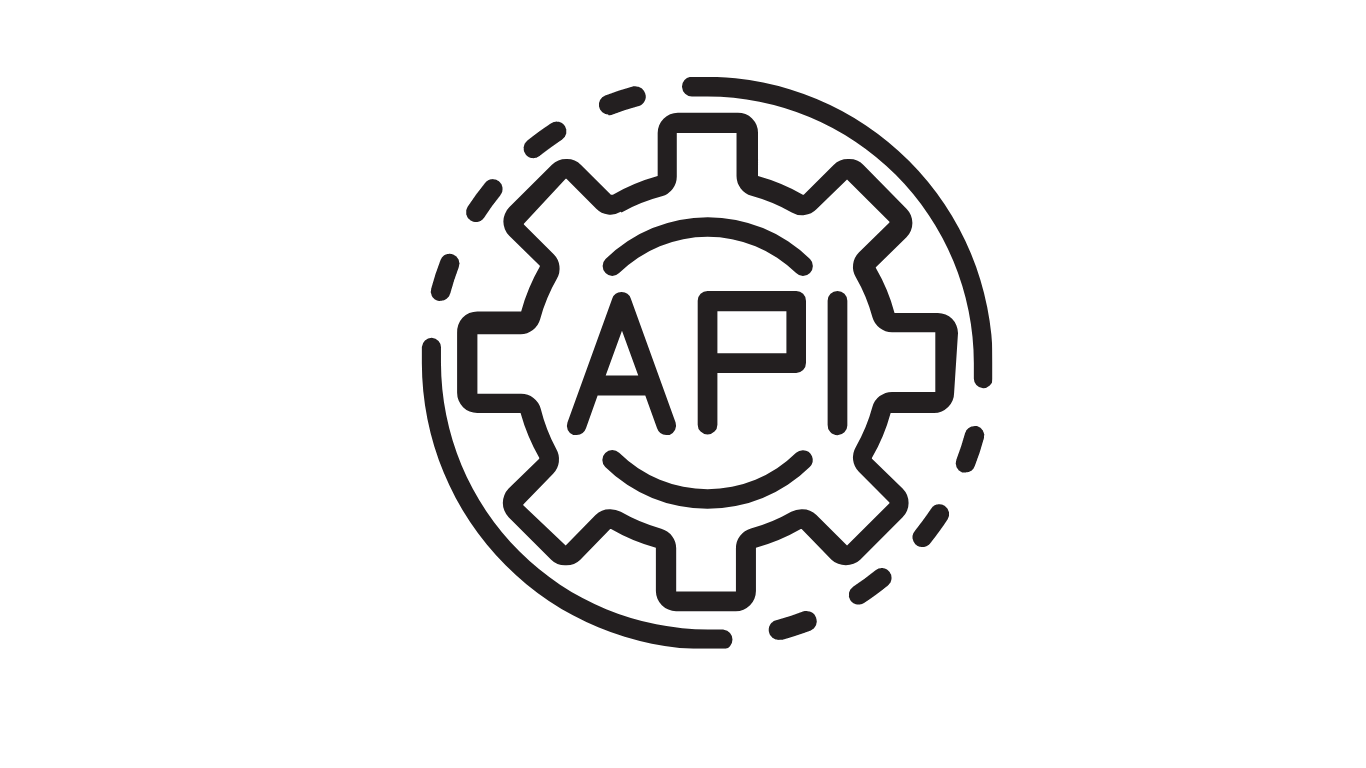API: What Is It In Simple Terms.
What's an API?
Not to be confused with the American Petroleum Institute or any other acronym sharing this identity.
API which in full means Application Programming Interface is a type of program which contains instructions that enables two computers softwares/hardwares to communicate with each other, and share resources.
The use of API allows the host to share its resources with the requesting component through a bridge (connector) called API.
Though, the term API is usually used to refer to softwares, in some cases, it's been used to connect software to hardware and even hardwares to softwares, especially in its earliest forms as we'd see while progressing further into this blog.
How It Began.
In 1951, two computer scientists, Maurice Wilkes and David Wheeler made a documentation that contained the concept of the first API, though they didn't call it API, but the concept which they introduced made them one of the foremost and most influential forces in the development of the API.
APIs began to gain popularity during the 1960s with hardwares being connected to other hardwares and as at that time, in rare cases softwares were also connected with hardwares.
In the 1970s, when computers were personalised, APIs became more common as developers were now connecting softwares to operating systems of computers.
The advent of the World Wide Web brought about the development of web APIs which retrieved data from websites and their servers.
The new millennial saw the introduction of social media APIs and more advancement of it.
Types of APIs.
Web API: This type of API allows softwares to connect with web servers, collect data and use those collected data for their own use.
Hardware API: A hardware API allows hardware components to share useful data amongst themselves for more efficiency.
Operating Systems API: This type of bridge ensures the communication of softwares to the OS of a device. This allows softwares to use parts of the OS like the Cameras, the sensors on the device, Bluetooth and others.
Cloud API: Many softwares require data being stored in the cloud, read libraries and use this for your application. An example is the Google Cloud API.
Payment API: With the increased use of many payment softwares and the need to do lots of finance virtually, this brought the introduction of payment APIs. This authorises payments by connecting a finance service or provider with a software like an e-commerce platform.
Social Media API: A social media API allows developers to create utilities that link to social media platforms and collect data from this platform. This type of API made it possible for some of the automations we do on social media to happen including the popular chatbots and even modified versions of some social media platforms.
Without APIs, many softwares which we use today wouldn't be possible. We can't speak of softwares and its advancement without speaking of APIs.



Well detailed 🙌☺️
ReplyDelete